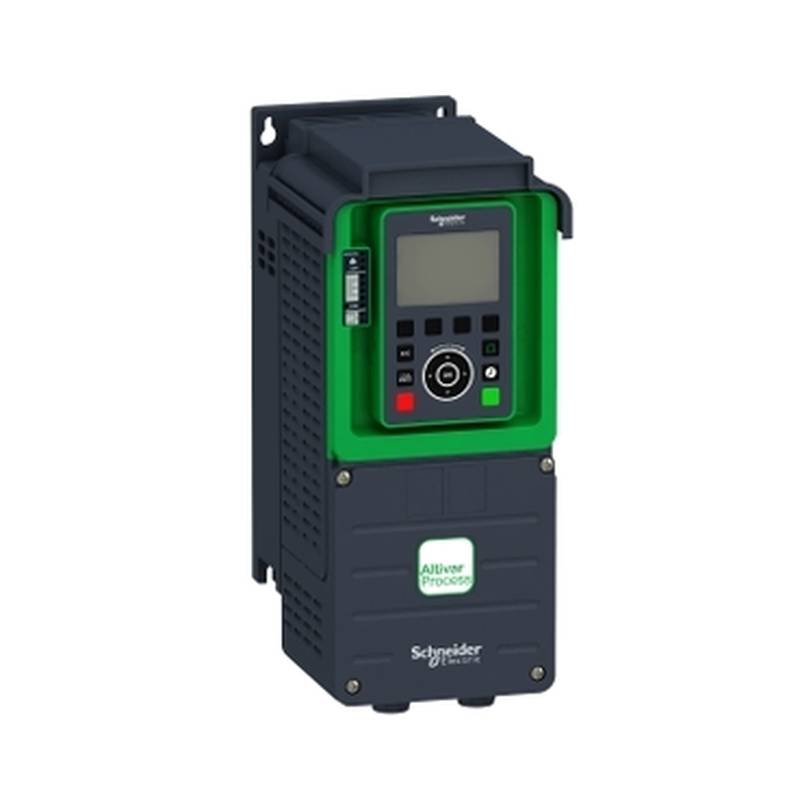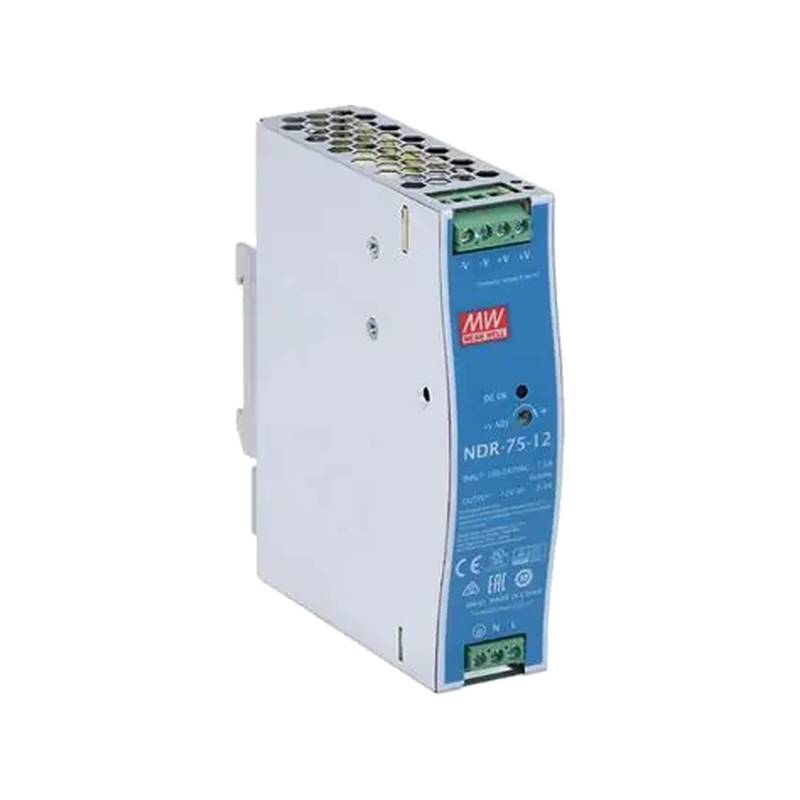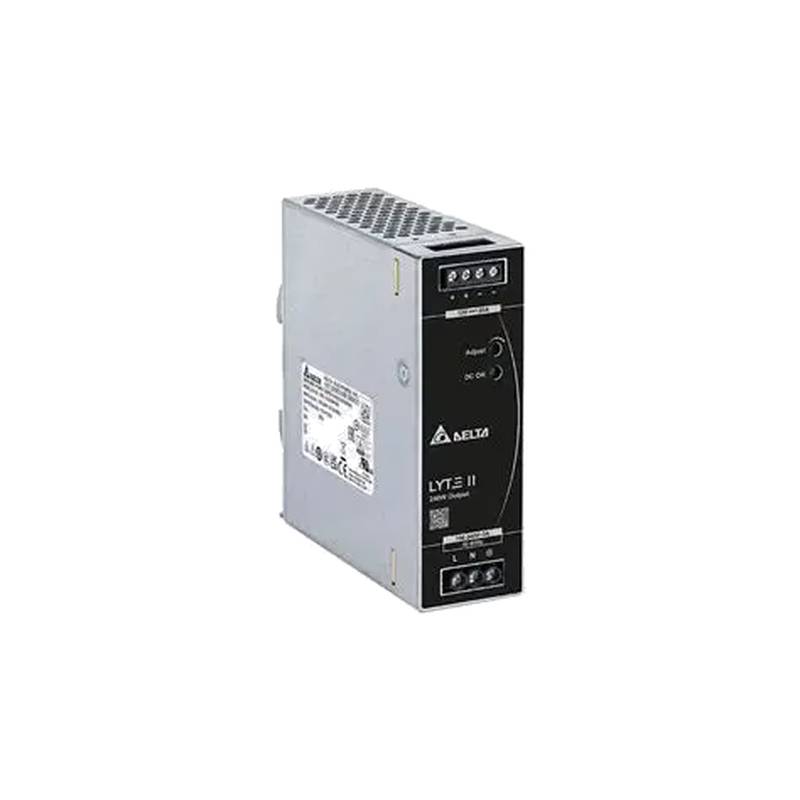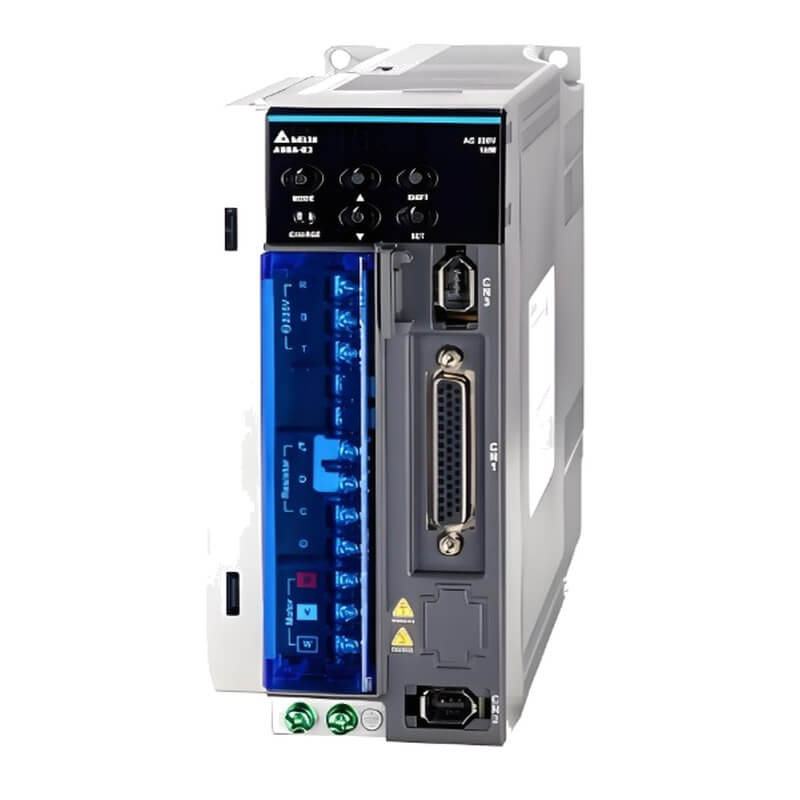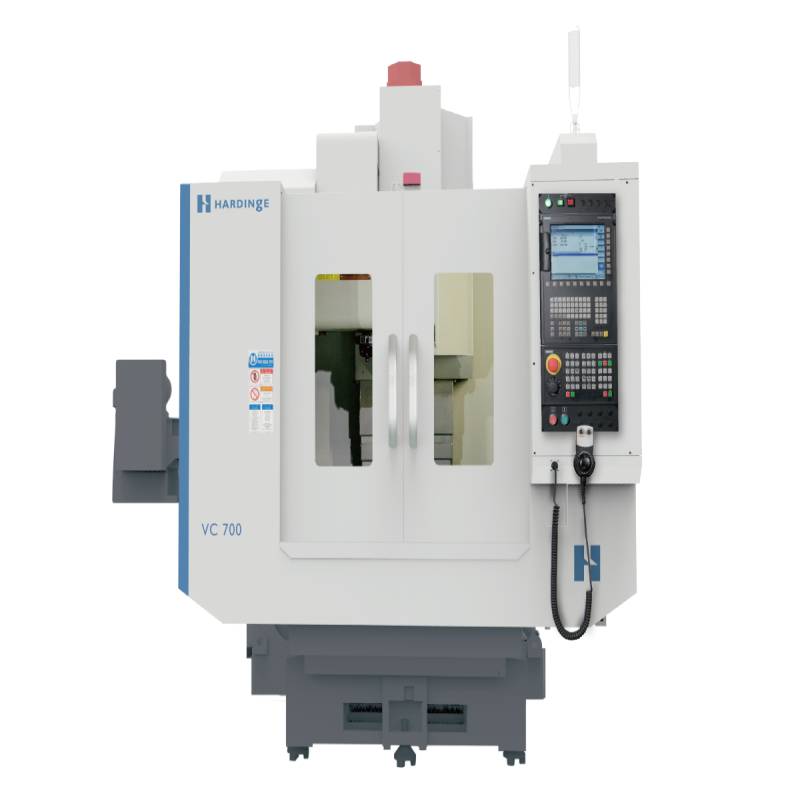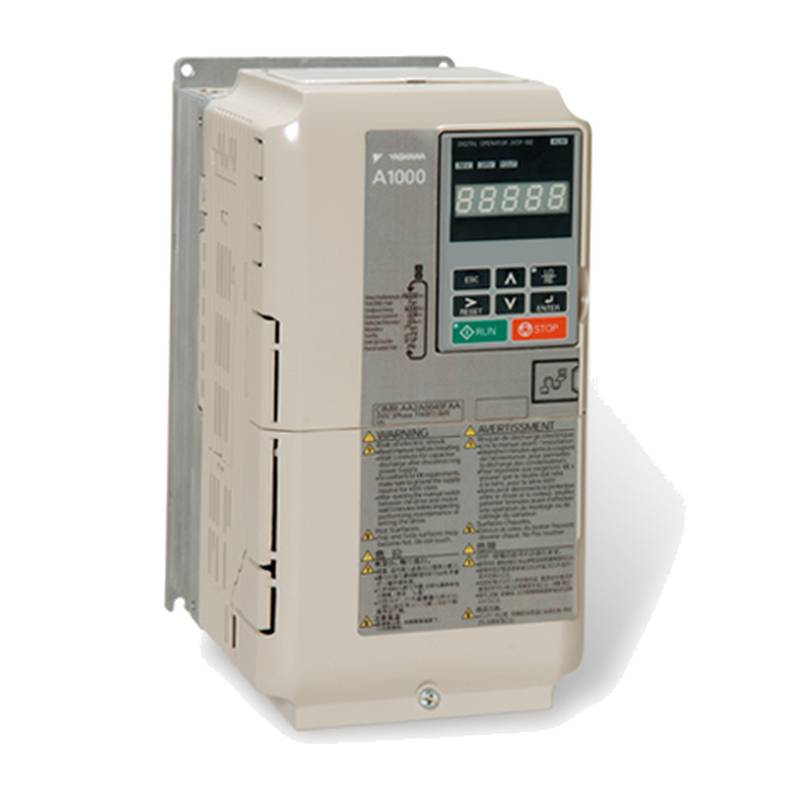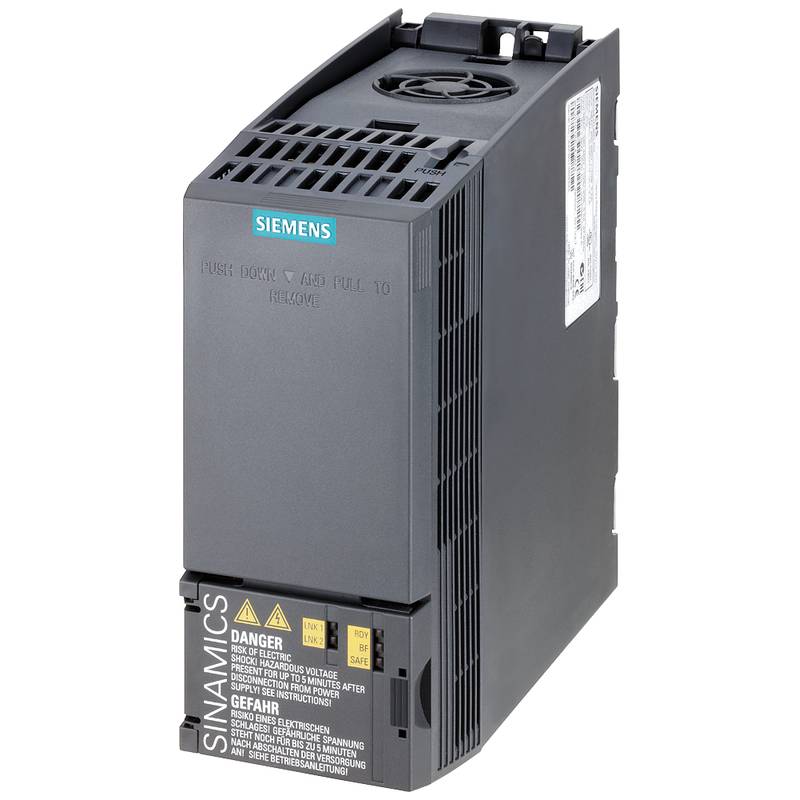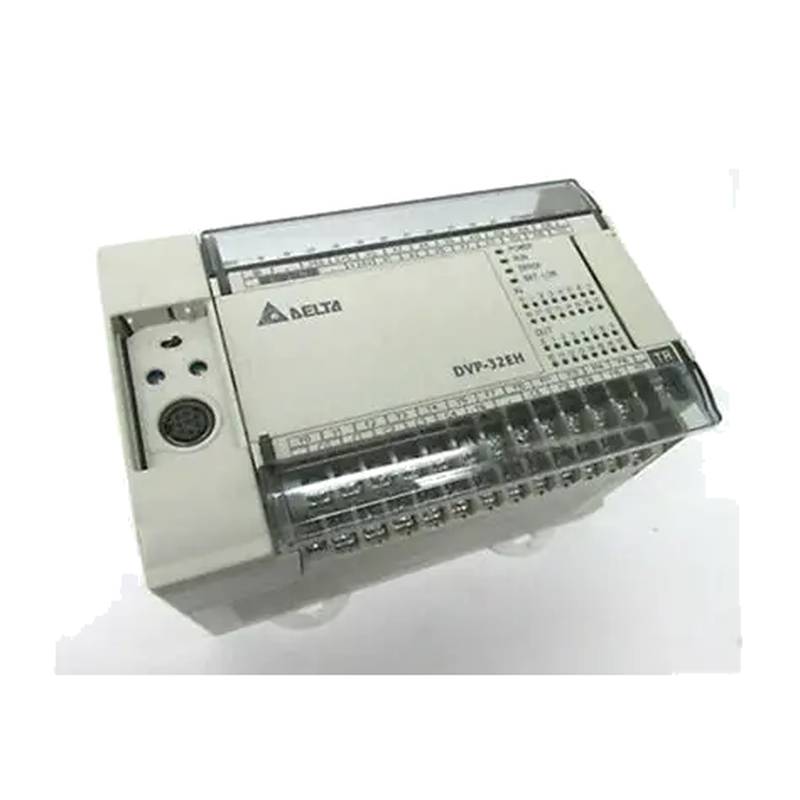
The SCHNEIDER ATV930D15N4Z is a sophisticated variable frequency drive (VFD) engineered for advanced pump control, delivering 15kW of power and a 27A output current. This inverter stands out with its robust design, high energy efficiency, and intelligent motor control capabilities, making it an ideal solution for demanding industrial applications. Key advantages include precise speed regulation, enhanced torque performance, and integrated safety functions, all contributing to optimized system operation and reduced energy consumption. Its advanced architecture ensures reliable performance in challenging environments, offering significant operational benefits for a wide range of pump-driven processes.
Product Specifications
| Feature | Specification |
| :------------------------ | :------------------------------------------- |
| Model | SCHNEIDER ATV930D15N4Z |
| Rated Power | 15 kW |
| Rated Output Current | 27 A |
| Input Voltage | 380-400 V AC (3-phase) |
| Output Voltage | 380-400 V AC (3-phase) |
| Protection Class | IP21 (standard), IP42 (with optional kit) |
| Operating Temperature | -15°C to +50°C (without derating) |
| Mounting Type | Wall-mounting, Side-by-side mounting |
| Communication Protocols | Modbus RTU, Ethernet/IP, Modbus TCP, Profibus DP |
| Integrated Safety | Safe Torque Off (STO) |
| Control Modes | Voltage/Frequency (V/f), Vector Control, Permanent Magnet Motor Control |
Core Features & Market Positioning
The SCHNEIDER ATV930D15N4Z differentiates itself through its advanced motor control algorithms, including sensorless vector control and permanent magnet motor control, which provide superior precision and torque response even at low speeds. This capability is crucial for applications requiring accurate flow or pressure management, such as in sophisticated water treatment or complex HVAC systems. Its market positioning is firmly established as a premium VFD for applications demanding high performance, energy savings, and robust reliability. The integrated Safe Torque Off (STO) function significantly enhances operational safety, reducing the need for external safety contactors and simplifying machine safety design, a key competitive advantage in today's safety-conscious industrial landscape.
Key Application Scenarios
This advanced pump control inverter is exceptionally well-suited for a variety of demanding industrial sectors. Its precision control makes it invaluable in building automation for HVAC systems, ensuring optimal pump operation for heating and cooling while maximizing energy efficiency. In the water and wastewater industry, the ATV930D15N4Z excels in managing pump speeds for consistent flow and pressure, crucial for treatment processes and distribution networks, reducing wear on equipment. Furthermore, its robust performance and ability to handle variable loads make it a prime choice for chemical processing, oil and gas, and food and beverage industries where precise fluid management is paramount.
Practical System Integration Guidance
Integrating the SCHNEIDER ATV930D15N4Z into existing or new systems is streamlined by its flexible design and comprehensive connectivity options. The unit supports standard Modbus RTU and can be expanded with Ethernet/IP, Modbus TCP, or Profibus DP for seamless integration into industrial automation networks. Wiring requires adherence to safety standards, with clear terminal designations for power, control, and communication signals. For commissioning, Schneider Electric's SoMove software offers intuitive parameterization, allowing for rapid setup, diagnostics, and optimization of pump performance. When implementing Safe Torque Off (STO), ensure proper integration with the machine's safety control system to meet required safety integrity levels.
Operation and Risk Mitigation
Operating the SCHNEIDER ATV930D15N4Z effectively involves understanding its advanced features and implementing best practices for risk mitigation. The intuitive human-machine interface (HMI) allows for easy monitoring of system status, performance parameters, and fault codes. Common troubleshooting often relates to motor parameters, power supply fluctuations, or communication issues. Critical fault codes, such as "Motor Overload" (e.g., FLT 110) or "Internal Fault" (e.g., FLT 001), can be addressed by consulting the detailed user manual for specific diagnostic steps and corrective actions. Always ensure proper ventilation around the drive to prevent overheating, and adhere to local electrical codes and safety procedures during installation and maintenance.
Scalability & Long-Term Value
The ATV930 series, including the ATV930D15N4Z, offers significant scalability and long-term value for industrial operations. Its modular design allows for the addition of option cards, expanding communication capabilities or adding I/O as system requirements evolve. Compatibility with Schneider Electric's EcoStruxure platform enables integration into broader Industrial Internet of Things (IIoT) and digital transformation initiatives, facilitating remote monitoring, predictive maintenance, and optimized energy management across multiple assets. This forward-looking integration capability ensures that the investment in the ATV930D15N4Z remains relevant and valuable as industries increasingly adopt smart manufacturing principles.
FAQs
What are the primary benefits of using the SCHNEIDER ATV930D15N4Z for pump control?
This inverter offers precise speed control, leading to significant energy savings in variable torque applications. Its advanced motor control ensures optimal performance and extended equipment lifespan.
It features integrated safety functions like Safe Torque Off (STO) for enhanced operational safety. This reduces the need for external safety components.
The robust design and connectivity options allow for seamless integration into various industrial automation systems.
How does the SCHNEIDER ATV930D15N4Z improve energy efficiency in pumping systems?
It precisely matches motor speed to the required load, avoiding energy waste from constant full-speed operation. This variable speed drive technology is particularly effective in applications with fluctuating demand.
By optimizing motor performance, it reduces mechanical stress and overall energy consumption compared to traditional methods. The drive's advanced algorithms minimize harmonic distortion, further boosting efficiency.
The built-in energy monitoring features allow users to track consumption and identify further optimization opportunities.
What types of communication protocols does the SCHNEIDER ATV930D15N4Z support for industrial integration?
The drive natively supports Modbus RTU for straightforward serial communication. This is a widely adopted standard in industrial automation.
It offers optional communication modules for Ethernet/IP, Modbus TCP, and Profibus DP. This broadens its compatibility with diverse network architectures.
These protocols enable seamless integration with PLCs, SCADA systems, and other control devices for centralized monitoring and control.
Can the SCHNEIDER ATV930D15N4Z be used with different types of electric motors?
Yes, it is designed to control various motor types, including standard AC induction motors. It supports voltage/frequency (V/f) control for simple applications.
It also features advanced sensorless vector control for enhanced torque and speed precision without motor feedback. This works well with standard asynchronous motors.
Furthermore, it supports control for permanent magnet motors, offering higher efficiency and performance in specific applications.
What are the typical installation requirements for the SCHNEIDER ATV930D15N4Z?
The inverter is typically wall-mounted or can be mounted side-by-side for space optimization. Proper ventilation is critical to prevent overheating.
Ensure compliance with local electrical codes and safety standards during wiring and power connection. The drive has a standard IP21 protection rating, expandable to IP42 with an optional kit.
Connection of control signals, communication cables, and motor wiring should follow the detailed diagrams in the product manual.
How do I troubleshoot common faults with the SCHNEIDER ATV930D15N4Z?
Consult the drive's display or connected HMI for specific fault codes. Common issues include motor overload (e.g., FLT 110) or input voltage problems.
For motor-related faults, check motor parameters, wiring, and ensure the motor is not mechanically jammed or overloaded beyond its rating. Review the drive's thermal status.
For communication faults, verify wiring integrity and correct protocol configuration between the drive and the master controller. Refer to the user manual for detailed troubleshooting steps.
What is the Safe Torque Off (STO) feature and how is it implemented?
STO is a safety function that prevents the motor from generating torque, ensuring safety during maintenance or emergencies. It effectively disables the drive's power output to the motor.
Implementation involves wiring the STO inputs on the drive to a safety relay or safety PLC output. This ensures that when activated, the drive is safely shut down.
Proper integration of STO is crucial for meeting machine safety standards and requires careful design of the overall safety system.
What are the environmental operating conditions for the SCHNEIDER ATV930D15N4Z?
The drive can operate within an ambient temperature range of -15°C to +50°C without derating. This wide range suits many industrial environments.
Altitude and humidity levels also affect performance; consult the manual for specific limitations. Ensure adequate airflow to maintain optimal operating temperatures.
The standard protection rating is IP21, meaning it is protected against solid objects greater than 12.5mm and vertically falling water drops.
How can the SCHNEIDER ATV930D15N4Z integrate with IIoT and digital platforms?
By using optional communication modules for Ethernet/IP or Modbus TCP, the drive can connect to plant-wide networks. This enables data exchange with IIoT platforms.
Integration with Schneider Electric's EcoStruxure architecture allows for remote monitoring, diagnostics, and predictive maintenance. This facilitates data-driven decision-making.
Real-time data from the drive can be leveraged for energy management, process optimization, and overall asset performance improvement.
What is the long-term value proposition of the ATV930D15N4Z in industrial automation?
Its modular design and optional communication cards ensure adaptability to future network and system upgrades. This protects the initial investment.
The drive's advanced capabilities, including energy efficiency and precise control, contribute to reduced operational costs over its lifecycle. This offers a strong return on investment.
Compatibility with digital platforms and IIoT solutions ensures it remains a relevant component in smart manufacturing environments.














